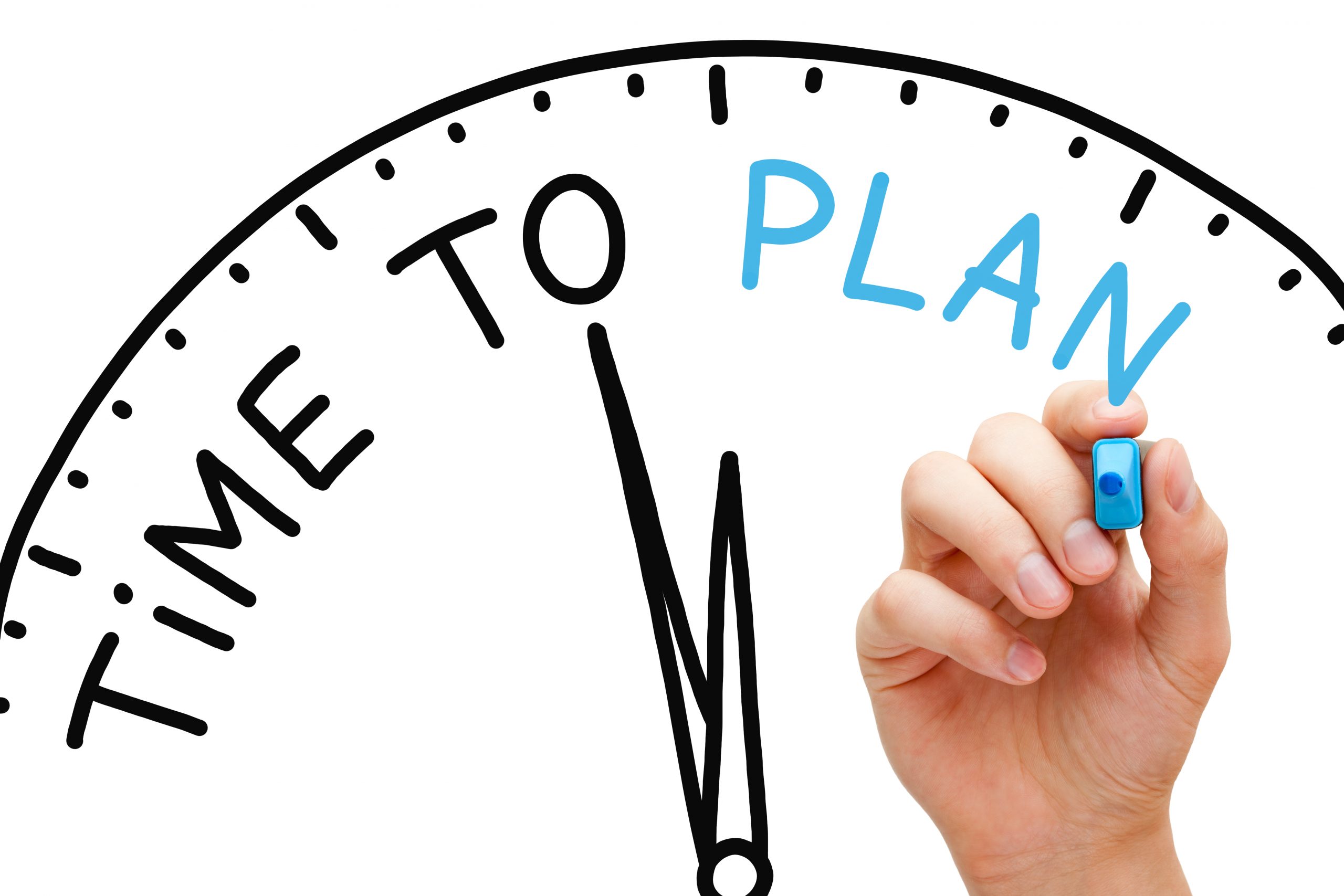by Dotlogics, the web experts
Whether you need an informative website, an e-commerce site or a more expansive online solution, Dotlogics has a plan that’s right for you and your business! Learn More
Women business owners are hardworking and they put a great deal of thought and strategy into every area of their business. However, what happens when all the hard work you’ve done on your website just isn’t paying off in increased traffic? How do you grow your business when your potential clients can’t find you?
You’ve come to the right place because today we are going to talk about potential website problems and offer solutions so that you can successfully connect with your target audience.
1. Great Content + SEO = Traffic
One of Google’s major ranking factors is high-quality content. When you offer your audience exceptional, informative content you become the expert and develop a credible and trustworthy brand reputation all while increasing your SEO which will make it much easier for potential clients to find you online.
Wait, what is SEO? SEO is Search Engine Optimization and it communicates the purpose of your web pages in a way that helps search engines find and share your information with your audience.
When people search for terms related to your business offerings, you want to be ranked high on those search engines. SEO will help to make that happen. Many businesses are bewildered by SEO but don’t let confusion stop you. There is an abundance of analytical data that has proven its effectiveness and potential ROI, so commit to learning and implementing it and expect results.
2. Your Links to Potential Clients
Links are a major factor when it comes to where you rank on search engines. There are different types of links that will help your business so let’s take a look at a few.
Guest Blog Links
When you are a guest blogger you are offered a couple of links; the first usually appears within the post. This is your time to share expert tips then link back to your site’s content. The second link is found in your bio where you again have an opportunity to link back to your site. The more external sites – especially authoritative ones – that link to your Web pages, the stronger your reputation will become and the more search engines will view your site as relevant and trustworthy which means higher placement in search engine results.
On-site or Internal Links
The pages on your site are not only the building blocks of your sites’ structure, they also contain internal links meaning they lead from one to the other and help visitors to navigate your content. These on-site links distribute page authority throughout your site which means better search engine ranking.

Third Party Links
When possible, you should include links to reputable third-party websites and resources. However, be sure to do so in moderation as adding too many links will negatively impact search engines’ assessment of your Web page quality.
Broken Links
Broken links return errors instead of leading to destination pages, images or files because often times, the linked content was deleted or a URL was moved. This creates roadblocks to Web crawlers preventing them from completely indexing your site which not only frustrates and potentially turns away your visitors but it hurts your search engine rankings.
3. Link Malfunction
Have you ever gotten that dreaded Error 404 page? Annoying, right? You probably decided to simply visit a different site rather than try to figure out how to find the correct link. We don’t blame you.
A terrific way to increase traffic and prevent visitor loss is to periodically check for broken links on your website and double-check redirects.
4. Fix Troublesome Navigation and Retain Your Audience
If users feel it is hard to find what they are looking for when browsing around your site there is a very good chance they will just leave and it’s doubtful they will return.
In order to not only increase web traffic but keep your current traffic, make sure your website is clear and easy to navigate. In addition, place a search bar or icon in an easy to find area.

5. Optimize Your Site and Increase Customer Satisfaction
Over 70% of current web traffic comes from mobile devices and that number will increase. If your site is not optimized for mobile use it will drastically affect your number of web visitors.
Optimize mobile users experience by making your website responsive, compress images and use larger font sizes.
Your website is a major business marketing tool so applying these tips will not only help to increase your traffic, it has the potential to increase every area of your business and perhaps even help you to exceed your business goals.
Looking for more ideas on how to optimize your website and grow your business?
Speak to a Growth Specialist Today






This information was very useful. I’m a new CBD online dispensary owner and in the process of setting up my social media site. Thank you so much!!!